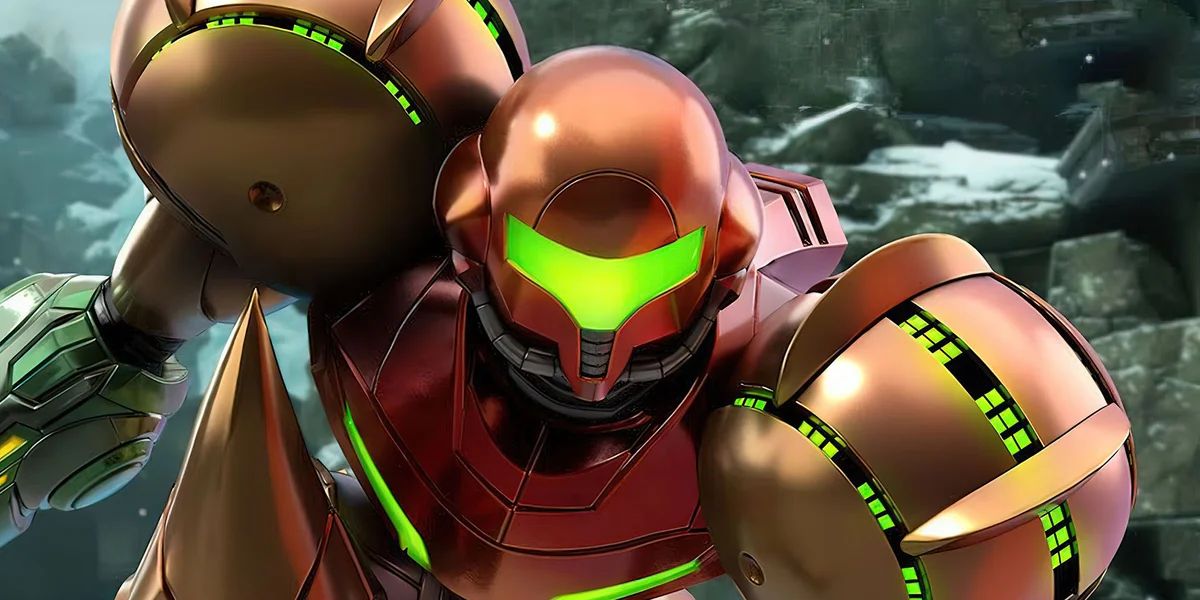News
What a Metroid 64 Could Have Looked Like: A Retro Gamer’s Dream

The Metroid series has always been synonymous with exploration, mystery, and atmospheric storytelling. From its early roots as a 2D side-scroller on the NES to the fully realized 3D world of Metroid Prime, the series has constantly reinvented itself. However, one chapter of Metroid’s potential has remained largely untold: what a Metroid 64 could have looked like. The 1990s saw the gaming industry transition into 3D, and while the GameCube era gave birth to Metroid Prime, it’s intriguing to imagine how the beloved franchise could have evolved during the Nintendo 64’s heyday.
In this article, we’ll explore the tantalizing question of what a Metroid 64 could have looked like and what it could have offered to fans of the franchise, especially during an era when the N64 was still considered one of the most innovative gaming consoles. Although we never got to experience this version of Samus Aran’s adventure, there’s plenty to consider about how it might have pushed the boundaries of 3D gaming in the late ’90s.
The Transition from 2D to 3D
To understand what a Metroid 64 could have looked like, it’s important to first appreciate the gameplay evolution the series went through. The original Metroid, released in 1986, was revolutionary for its time, combining side-scrolling action with a non-linear exploration system. Players controlled Samus Aran, an intergalactic bounty hunter, through an expansive world full of secrets, power-ups, and hidden paths.
However, by the late ’90s, the gaming world was transitioning into the realm of 3D, thanks to the power of consoles like the Nintendo 64. With titles like Super Mario 64 and The Legend of Zelda: Ocarina of Time, developers began to experiment with how 3D technology could be used to redefine gameplay. It was only natural that the Metroid series, with its focus on exploration and discovery, would eventually join the fray in the three-dimensional space.
So, what a Metroid 64 could have looked like was a question that many fans were asking during this transitional period. How could the classic mechanics of the series, including Samus’s transformation into a morph ball and her various weapon upgrades, translate into a fully three-dimensional world? And how would the game handle the intricate environmental design and sense of isolation that Metroid was so well-known for?
The 3D World: A New Era of Exploration
One of the most exciting aspects of imagining what a Metroid 64 could have looked like is the possibilities it would have offered in terms of exploration. While the 2D games emphasized traversing interconnected, sprawling maps, the shift to 3D would have allowed for even greater freedom. Imagine a world with vast alien landscapes, treacherous mountains, dense forests, and sprawling ruins—all ready to be explored from every angle.
The Nintendo 64’s hardware would have allowed for large, expansive levels with multiple vertical layers, offering players a truly immersive experience. Instead of being confined to a 2D plane, Samus could have explored a massive 3D environment, utilizing her enhanced movement abilities, such as the morph ball, to navigate different obstacles. As the player advanced, they would uncover secrets hidden within the terrain, climb towering structures, and unlock new pathways as they journeyed deeper into alien planets.
The N64’s capabilities also meant that developers could incorporate more dynamic lighting effects, which could have added a new layer of atmosphere to the game. Picture Samus entering dark caverns, where her visor illuminates only a small portion of the environment, creating a constant sense of tension and mystery. The ability to see into dark areas and uncover hidden details in real-time would have kept players on edge and fully immersed in the game’s world.
Combat in 3D: A New Challenge
Another significant factor in what a Metroid 64 could have looked like is how combat would have been handled in a 3D space. Traditional Metroid games revolved around intense battles with a variety of alien enemies, from small space pirates to massive bosses. In a 3D world, this combat would have evolved to make full use of the N64 controller’s analog stick, allowing for smoother, more responsive movement and precision aiming.
Combat in 3D could have opened up new opportunities for players to engage in fast-paced, multi-directional battles. Instead of being locked in place like in the 2D titles, Samus could have strafed around enemies, dodged attacks, and used the environment to her advantage. The ability to target enemies, especially in intense moments like boss battles, would have been a game-changer, making each fight feel more dynamic and thrilling.
The N64 also had an R-trigger that allowed for precise aiming, which could have been used in a Metroid 64 to lock onto enemies and target weak spots during combat. Coupled with a powerful arsenal of weapons, including missiles, the wave beam, and the ice beam, Samus would have been able to tackle enemies with a high level of strategy, adding depth to the combat system.
Audio and Visuals: The Heart of the Experience
Of course, one of the most iconic aspects of Metroid has always been its atmospheric music and sound design. In thinking about what a Metroid 64 could have looked like, we can’t overlook how the audio would have shaped the experience. The N64, while not capable of the same high-fidelity audio of later consoles, had a unique sound chip that could produce haunting, ambient music. The eerie, minimalist soundtrack that defined the series would have fit perfectly with the N64’s capabilities.
Imagine a track that echoes through empty, crumbling structures, with sudden bursts of energy during intense combat. The distant hum of alien technology could have added to the immersive atmosphere, while subtle audio cues—such as the sound of Samus’s footsteps on different surfaces or the hiss of her power suit—would have further heightened the tension.
Visually, a Metroid 64 would have been stunning for its time, even if the technology couldn’t match the high-definition textures we enjoy today. The N64’s polygonal art style would have suited the Metroid franchise, with environments full of lush alien landscapes, detailed textures, and realistic lighting effects that added to the game’s overall sense of isolation and suspense.
The Final Touch: A Groundbreaking Experience
In conclusion, the question of what a Metroid 64 could have looked like remains one of the most fascinating “what if” scenarios in gaming history. With its innovative gameplay, atmospheric sound design, and a fully realized 3D world, Metroid 64 could have been a groundbreaking title that pushed the boundaries of what was possible on the N64. While we never got to experience it, the series evolved in other exciting ways, with Metroid Prime eventually fulfilling the vision of a 3D Metroid game.
As a retro gaming enthusiast, I can’t help but wonder what might have been. Would Metroid 64 have been as influential as Super Mario 64 or Ocarina of Time? Only time will tell, but imagining what a Metroid 64 could have looked like is a fun and exciting journey into the realm of gaming possibilities.










